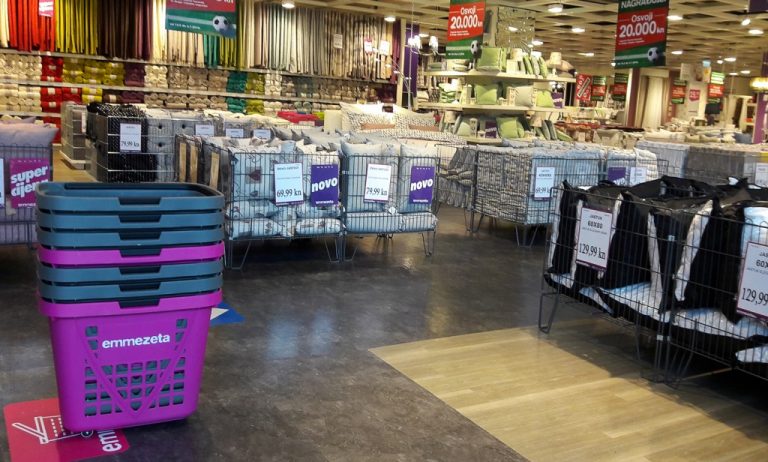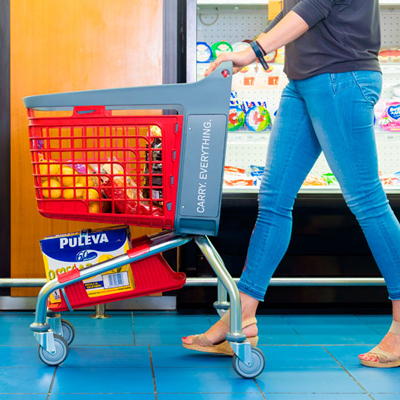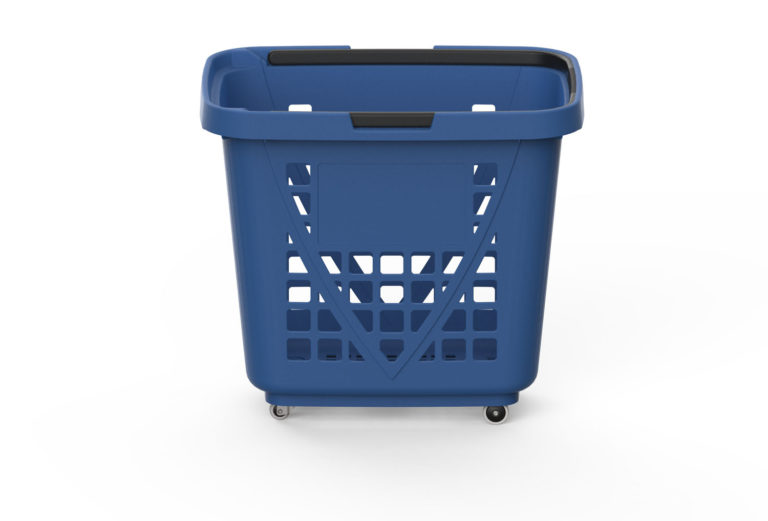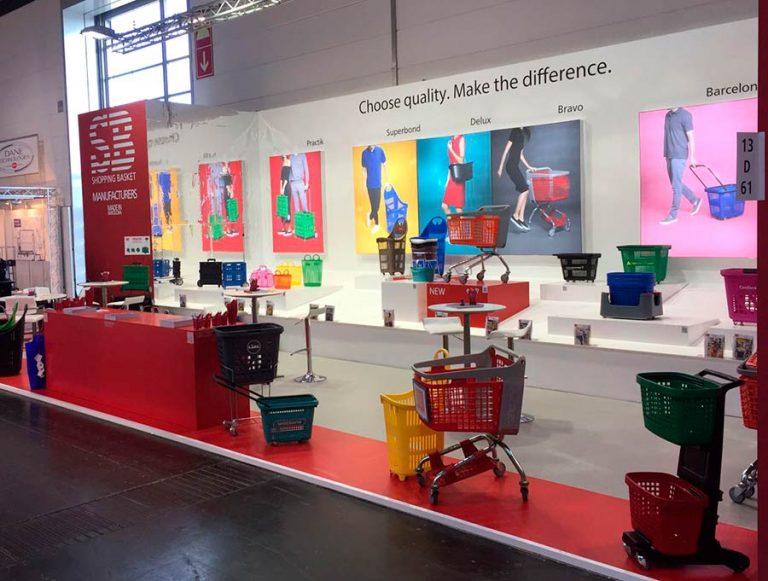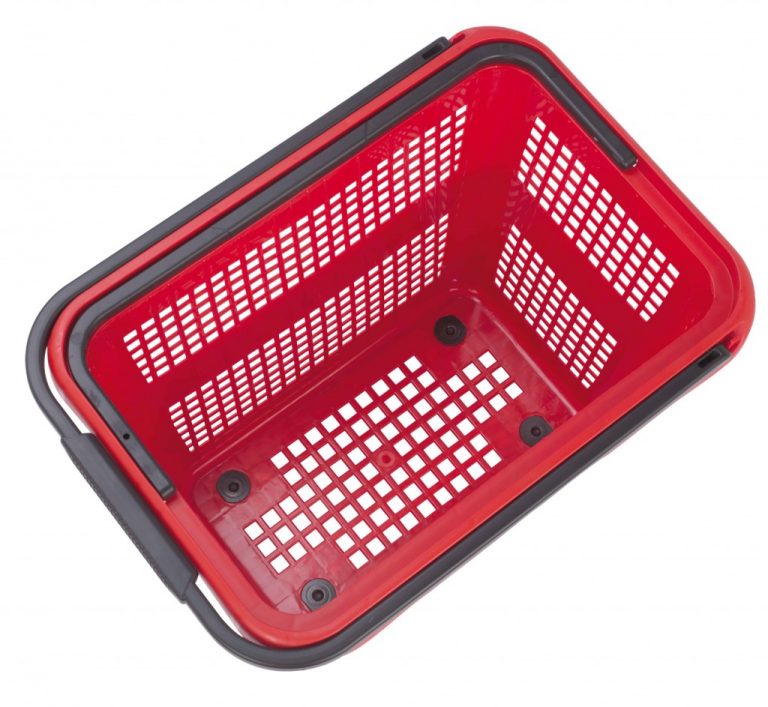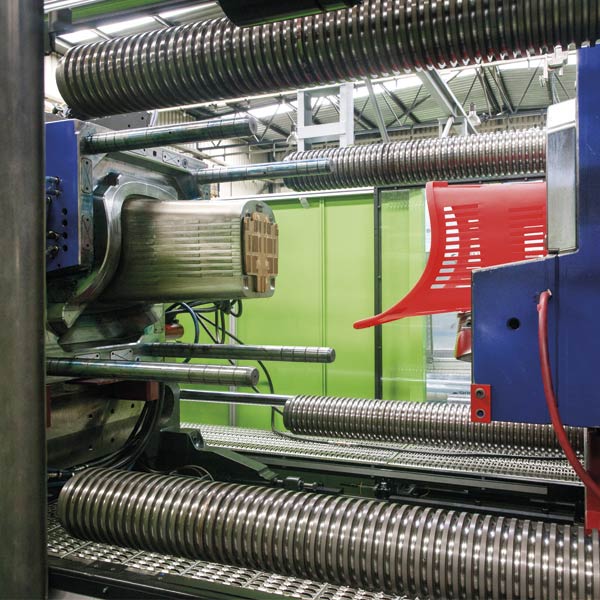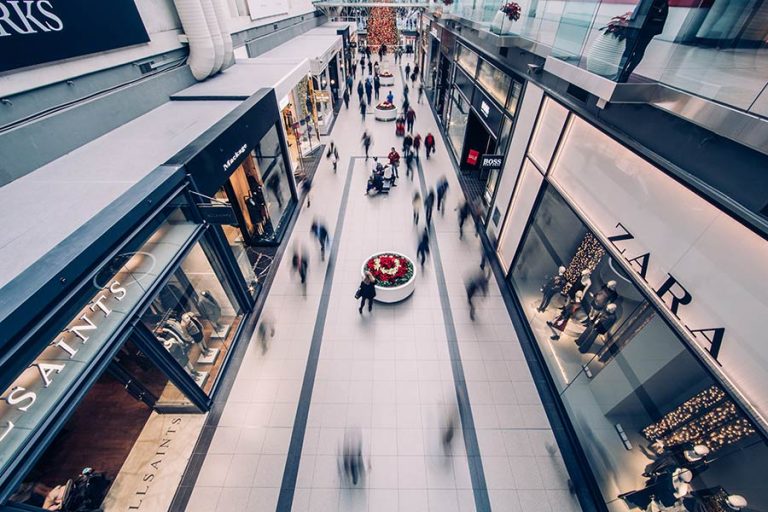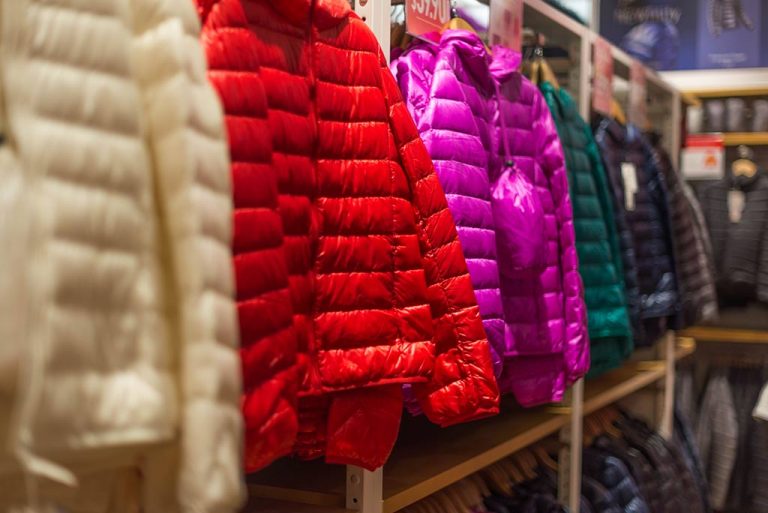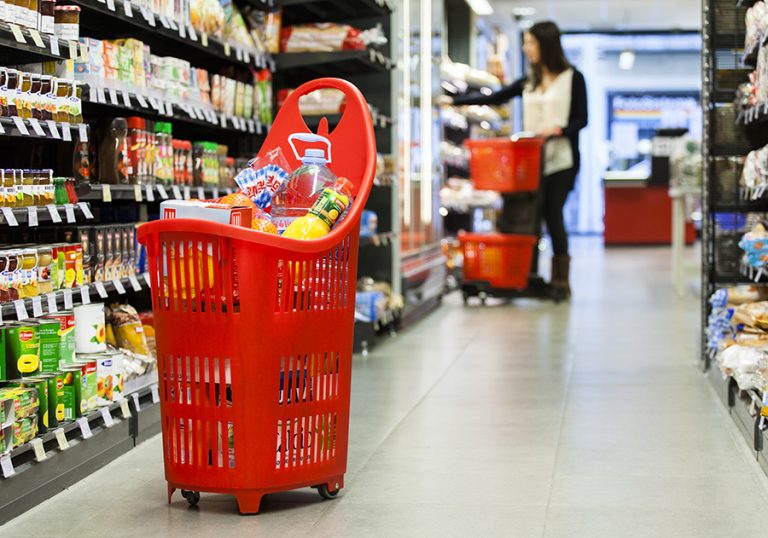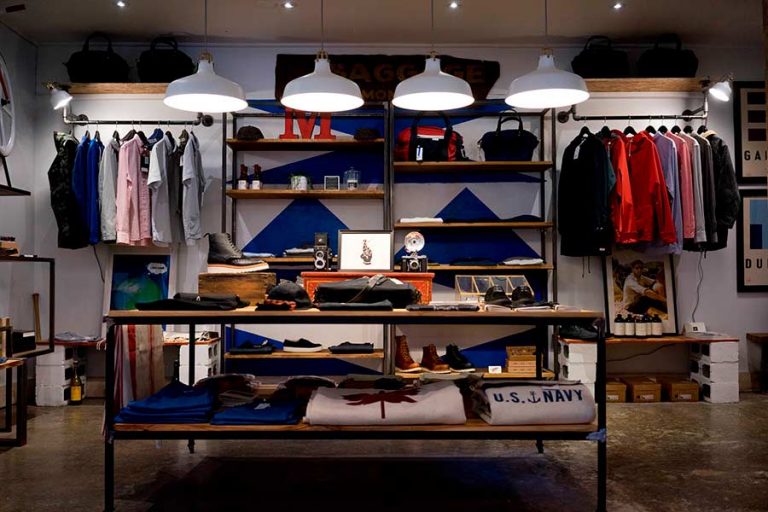The digitalization of retail is a rising trend. It allows, among other things, to improve the buyer’s experience at the point of sale and satisfy new consumer demands. Also, optimize the organization of logistics operations in small-scale commerce.
Technology 4.0 is completely revolutionizing this sector, which in 2023 will face great challenges. Mainly, due to the fierce increase in competition and the increasing demands of customers. They no longer only look for quality in the product, but also efficiency in the service.

Technological trends that are marking the digitalization of retail
Retail trade has been experiencing a slow, but important transformation, which has accelerated in the last three years, as a result of the effects of the pandemic. The initial bet in this case had to be online sales.
However, the new consumer profiles that have been developed recently, have pushed companies to also reinforce what we know as brick and mortar. A concept that refers to the classic, traditional business model that sells its products and services face to face.
Some of the technological trends that are marking this digitalization of retail that we are witnessing are related to the automation of internal processes. Also, with the evolution of payment systems or order management systems.
Metaverse, Artificial Intelligence, and AR/VR
A future trend that you have to be prepared for. The application of Artificial Intelligence in different parts of this sector is already something tangible. And concepts such as metaverse or augmented reality and virtual reality are increasingly familiar to us.
Soon there will be virtual worlds where you will be able to display digital representations of your products and services. Brands will also have a unique opportunity to make sales from thousands of customers. Although its development is slow and hindered, we are already experiencing the first signs, so you should be prepared.
The Internet of Things (IoT)
The technology that facilitates communication in a collective network between devices, and between them and the cloud, is becoming firmly established in the retail sector. Retail is decisively betting on what we know as the Internet of Things (IoT).
It promotes, among other aspects, the optimization of the customer experience, the improvement of the supply chain, data analysis, increased security in stores or inventory management. Branded apps, which allow users to create links with brands, are an example of this.
Also, QR codes or tap-to-pay guarantee personalized shopping experiences and are increasingly established both in physical points of sale and in e-commerce.
Communications security systems
The processing of personal data is a process that requires guarantees. The volume of information that retail businesses handle, related to their customers, grows exponentially. Merchants seek to refine their customization alternatives to offer them the best possible service.
This is why it is increasingly necessary to implement communications security systems to protect against cyberattacks or data leaks. More so, if possible, if you take into account that the retail sector is one of the most targeted by online criminals.
A challenge for the future where you will have to count on an ally, a good technological partner that also provides you with secure methods of segmentation and segregation of networks. As well as tools that allow you to deal with denial of service (DDoS) attacks, that can impact your sales indefinitely.
Contactless payment methods
The disappearance of cash is a trend that is becoming more and more advanced. Reason enough to think that the retail sector is forced, at this point in 2023, to adapt and implement contactless payment and sales methods.
Nowadays, any point of sale supports paying by card through a POS, as well as with other devices such as mobile phones or smartwatches. To avoid losing sales, you must have a fast and reliable connection and automatic backup systems.

Resource optimization and cost reduction
The technological advances that small businesses have incorporated in recent times, some as striking and surprising as virtual fitting rooms, provide many advantages. They are favoring the optimization of human and material resources of companies.
This affects a considerable cost reduction and, as a consequence, the profitability of these businesses. From face-to-face sales at a physical point to the shipping of products, passing through all the cycles, automation is a reality that is offering very positive effects. The digitalization of retail is an unstoppable reality, get on the bandwagon of progress, and don’t be left behind!

 Sign up for our newsletter and be the first to receive our articles!
Sign up for our newsletter and be the first to receive our articles!
